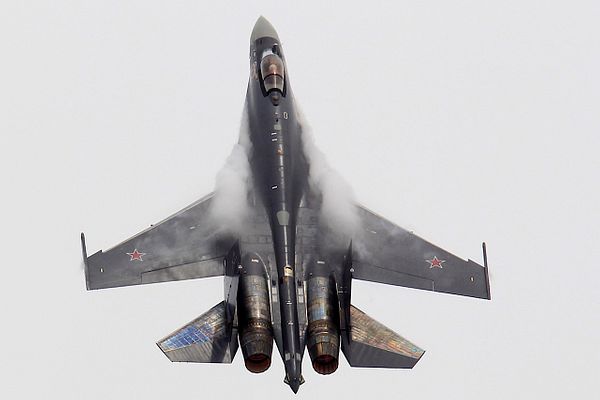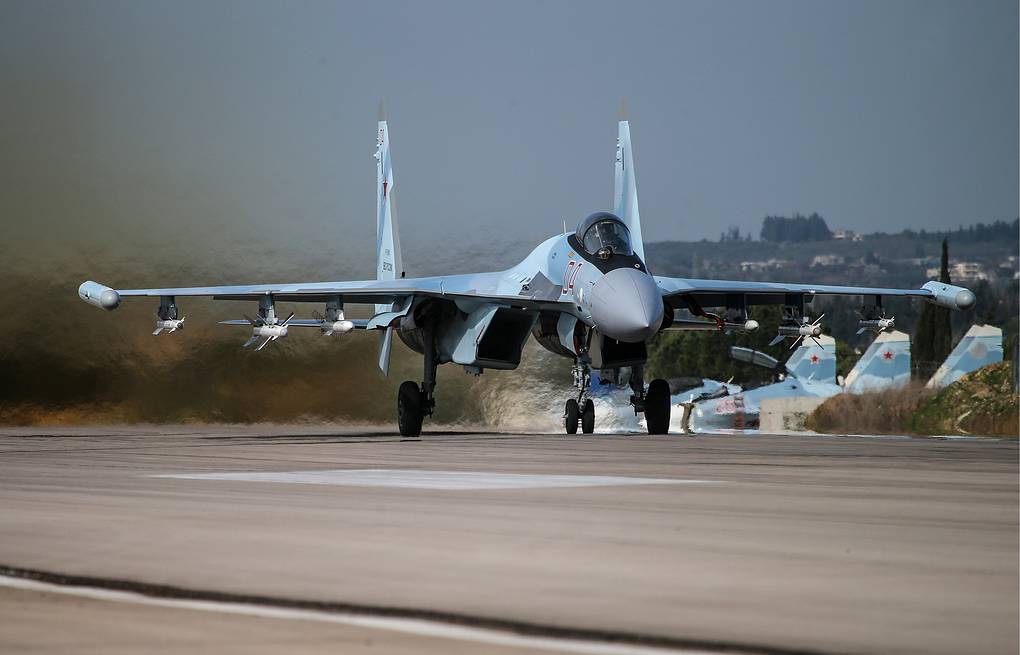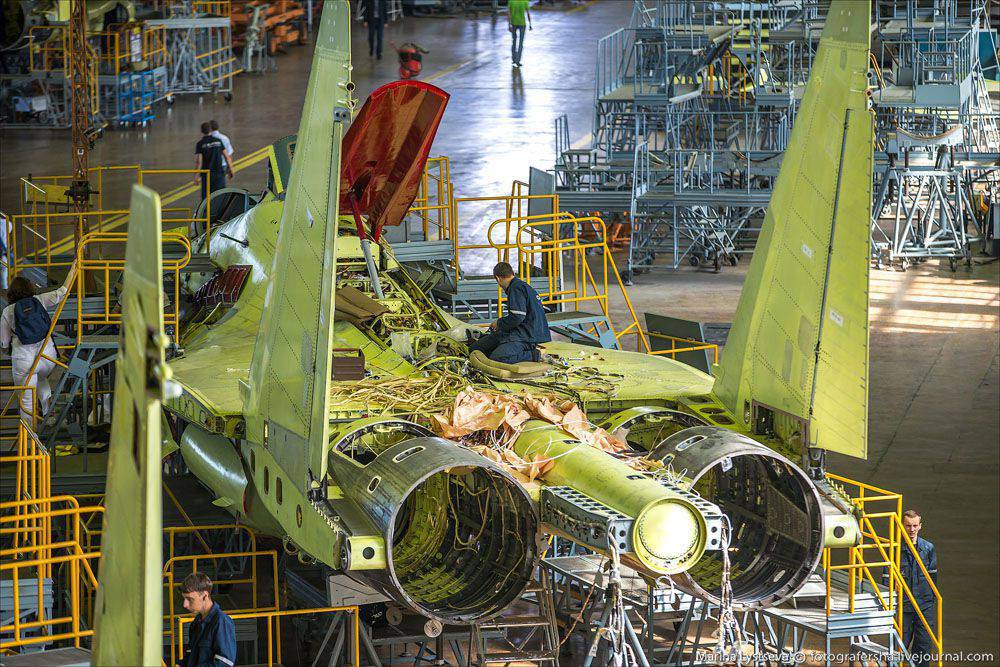Iran to Locally Assemble Russian-Made Su-35 (Flanker-E) and Su-30 Fighter Jets – Reports
Regional defence analysts suggest that local production could enable the Iranian Air Force which had to rely on older models of fighter aircrafts, to acquire more than 100 Su-35 and Su-30 fourth-generations fighters in a short period of time.
(DEFENCE SECURITY ASIA)– Iran has reportedly secured Russia’s approval to domestically assemble Su-35 and Su-30 fighter jets under license, a move expected to significantly enhance Tehran’s air capabilities, which have lagged behind other branches of its military.
Regional defence analysts suggest that local production could enable the Iranian Air Force which had to rely on older models of fighter aircrafts, to acquire more than 100 Su-35 and Su-30 fourth-generations fighters in a short period of time.
The collaboration between Iran and Russia on assembling these advanced jets is seen as a concerning development for several U.S.-aligned states in the Middle East, as Tehran’s growing air power could challenge their long-standing dominance.
Reports indicate that Iran is already preparing to establish facilities to assemble the Russian-made fighters.
Iranian journalist Hayal Muzin described the partnership as “a major development for Iran’s aerospace sector,” underlining the strategic importance of this cooperation.

According to the report, Iran aims to locally assemble between 48 and 77 Su-35 “Flanker-E” jets, with the potential for a higher number of Su-30 fighters, though exact figures remain uncertain.
However, it is unclear whether Russia has authorized Iran to export these assembled jets to other countries, as current indications suggest they will primarily serve Iran’s air force.
The initiative will not only provide the Iranian Air Force with modern fighters but also create job opportunities and foster the growth of the country’s aerospace industry.
Additionally, it will reduce Iran’s reliance on foreign aircraft, which has often been disrupted by international sanctions, leaving it with an aging fleet.
Due to U.S.-led economic sanctions, Iran has had to rely on older fighters, such as the F-14 Tomcat, acquired during the reign of the Shah before the 1979 revolution.

Initially, Egypt had ordered 24 Su-35 fighters from Russia but canceled the purchase following U.S. threats of sanctions under the CAATSA legislation.
After Egypt withdrew, Russia diverted the Su-35s to Iran.
The acquisition of the 4.5-generation Su-35 fighters is likely part of a broader quid pro quo for Iran’s military support to Russia during its campaign in Ukraine.
Tehran has supplied Russia with thousands of Shahed-136 suicide drones and ballistic missiles, which have been used to target Ukrainian infrastructure and military positions.
Military observers in the Middle East believe the Su-35 acquisition will support Iran’s efforts to modernize its outdated air force.

The Iranian Air Force continues to operate aging U.S.-made fighters, such as the F-4 Phantom, F-14 Tomcat, and F-5, purchased during the Shah’s pro-Western regime.
Alongside American-made jets, Iran also fields older fighters of Russian, French, and Chinese origin. — DSA



Comments are closed.